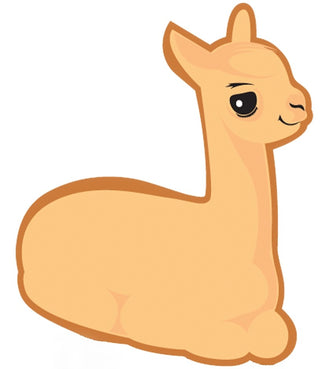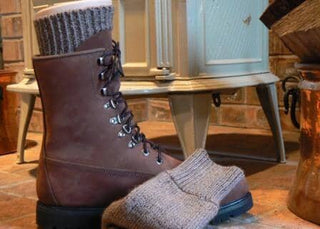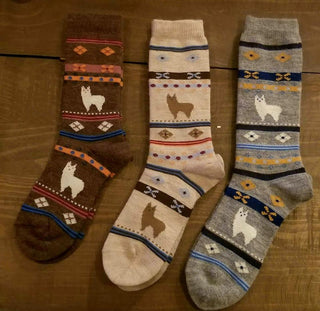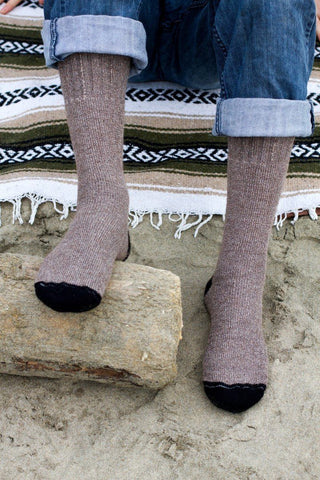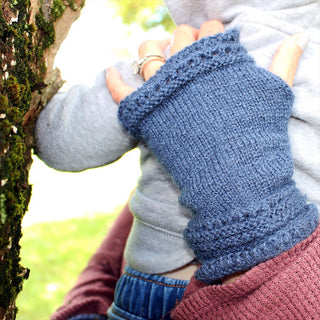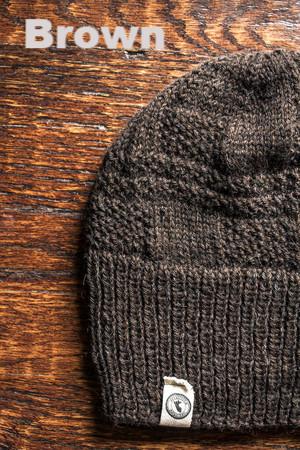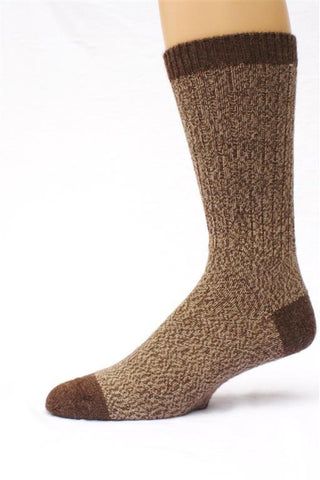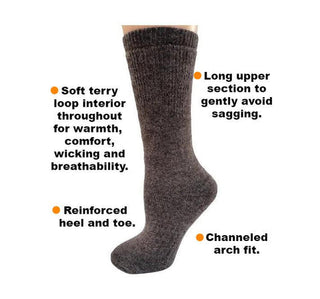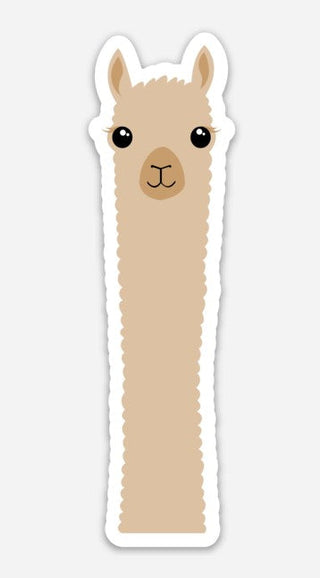Why Use Alpaca in Bed Pillows?
Alpacas for these alpaca bed pillows are raised in a stress-free natural setting environment without herbicides. They resulting fibers are not dipped in pesticide baths and have no chemicals, dyes, or bleaches used during processing. Alpaca fiber does not contain lanolin like sheep's wool, or grease, and can be cleaned with natural environmentally friendly products.
Each shaft of Alpaca fiber has scales much like sheep, but they are closer to the shaft and have a more rounded edge, making the "prickly" factor less noticeable. Alpaca fiber is a perfect alternative for those that suffer from allergies to sheep's wool and feathers.
Alpaca fiber has a medullated core, which can be fully or partially hollow, deterring dust mites, which are the leading causes of asthma and allergies in the bedroom.
This porous fiber creates an extra insulative value for a constant balance of temperature when we are in contact with it.
Alpaca is naturally fire retardant! No toxic chemicals needed!
For our allergy prone individuals alpaca makes a great hypoallergenic fiber that organically stays clean and dry. Instead of using any chemicals to clean them, simply place in sunlight to clean and deodorize. You will be amazed how efficiently this works.
These pillows are filled with 100% U.S. Alpacas only. Buying these unique and luxurious pillows not only provides you with the most comfortable, safe sleep you've ever had, it supports our local U.S. farmers.
Common Alpaca Questions
What is an Alpaca?
An Alpaca is a member of the Camelid family, descendants of camels, and most closely related to llamas. Alpacas are small, gentle animals raised primarily for their soft, luxurious fiber. Their valuable fleece is harvested annually by shearing them similar to sheep.
What is the difference between llamas and alpacas?
Llamas were raised for centuries in South America as beasts of burden; Alpacas have been bred for thousands of years for fine fiber.
Where are Alpacas from?
Alpacas are native to South American Andes Mountains and can be found in Chile, Bolivia, and Peru.
How many Alpacas are in North America?
There are only about 150,000 + registered Alpacas in North America since they were first imported in 1984. In comparison, there are over 10 million sheep.
What are Alpacas used for?
Alpacas are fiber producing animals. In the U.S. they are bred for their investment potential as breeding stock, as well for their valuable fiber, which is sheared off the animal each spring.
Are there wild Alpacas?
No. Alpacas have been domesticated for over 5,000 years. Without the assistance of man, they would not survive in the wild, as they lack defenses that would protect them from predators.
What is baby Alpaca?
Baby Alpaca is the most rare and finest classification of Alpaca fiber. It's simply a measure of fiber density, not fleece from babies.
How long have Alpacas been raised?
Records show Alpacas have been raised for over 5,000 years, however there's speculation they've been utilized for over 9,000 years.
Are the Alpacas killed to get the fiber?
No. Alpacas are sheared, much like sheep, every year. They are much happier and cooler in warm weather once the fiber is removed, and regrows by the time cool weather comes again.
How often are Alpacas sheared?
Most Alpaca producers in the U.S. shear once each year.
How many colors does Alpaca fiber come in?
Alpacas come naturally in 22 color variations. The spectrum includes white, fawn, brown, gray, and black, with all the natural shades in between. Alpaca dyes beautifully, and is available in a variety of dyed colors.
What does Alpaca fiber feel like?
Alpaca has softness like no other natural fiber, as it has smoother rounded scales that are closer to the shaft, like no other wool.
What is the difference between Sheep's wool and Alpaca fiber?
Sheep's wool has a different physical make-up than that of Alpaca fiber. The outside of each fiber of sheep's wool has pointed scales that rest farther away from the shaft, making it feel prickly when worn next to the skin. Strands of Alpaca fiber have scales too, but they are rounded at the edge, and are also closer to the shaft, giving that smoother cashmere like feel. Because the Alpaca strand is medullated, they are either hollow or partially hollow, allowing tremendous thermal capacity that allows for a breathable fiber with an insulating nature from both warm and cool temperatures. Sheep's wool contains lanolin, where alpaca fiber does not.
Does Alpaca itch like wool or will I be allergic to Alpaca?
Most people who are sensitive to wool products find that they are not sensitive to Alpaca. Alpaca doesn’t contain lanolin, which holds dust and microscopic allergens that create an allergy reaction to sheep's wool.
How do we clean the pillows?
Although dry cleaning is possible, instead of using any chemicals to clean them, simply place in sunlight to clean and deodorize. You will be amazed how efficiently this works.
